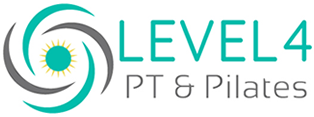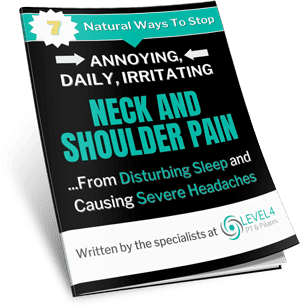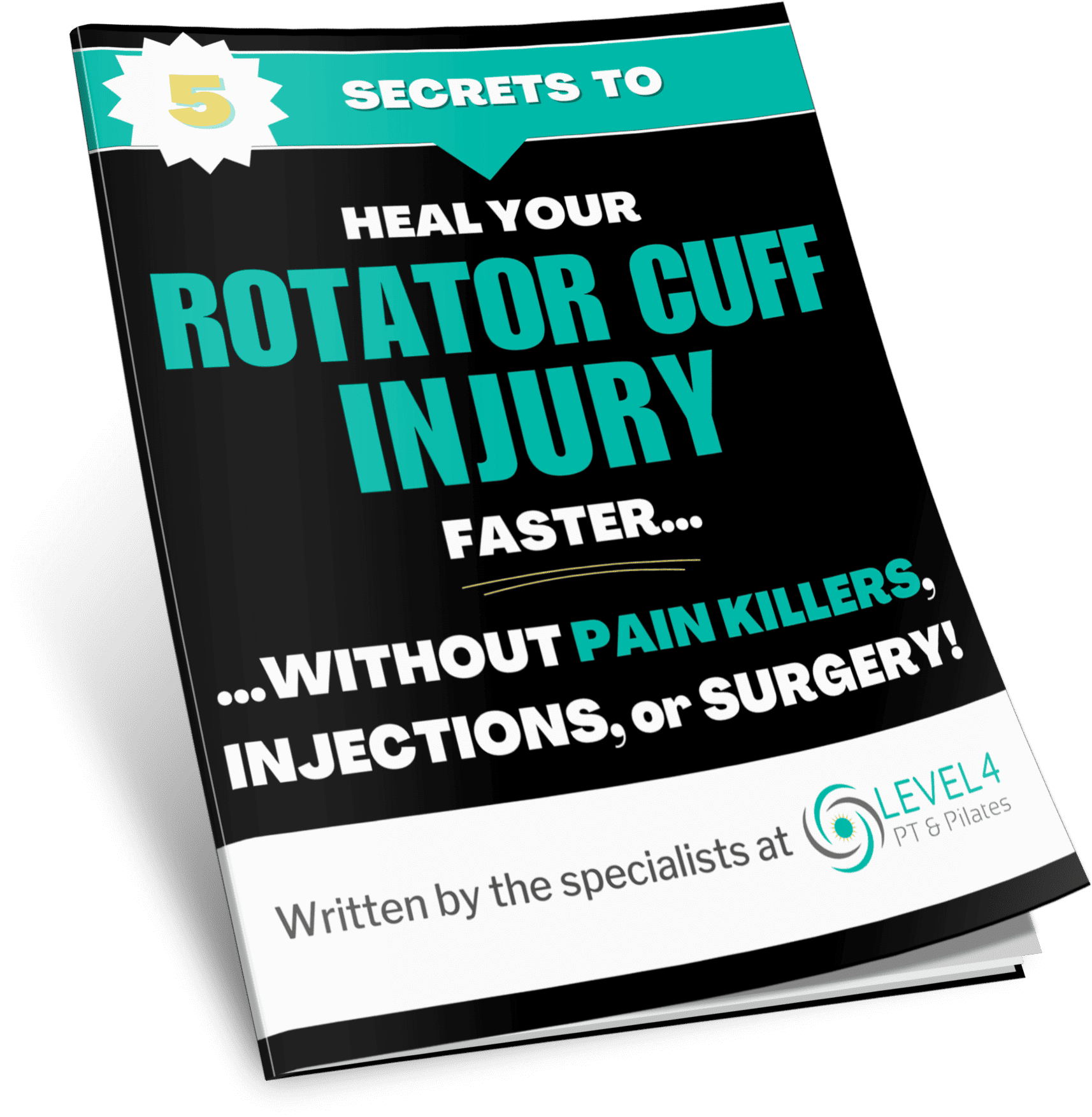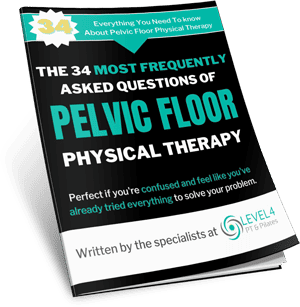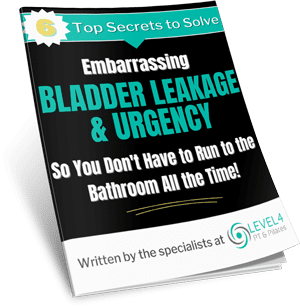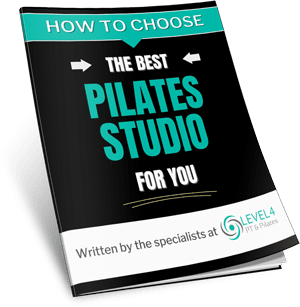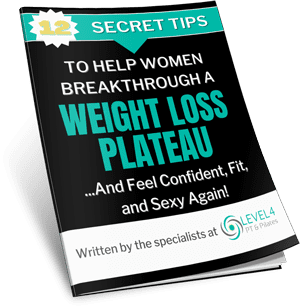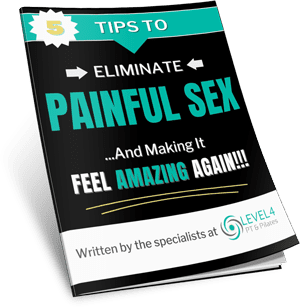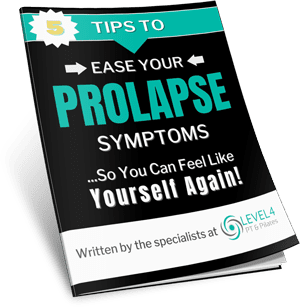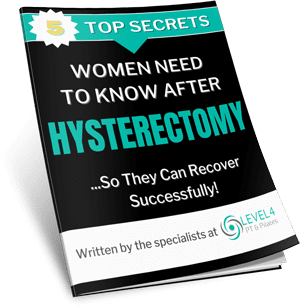
I got emailed a question last week and I wanted to share it with you. it’s a common question I get asked about the difference between Mat vs. Reformer Pilates?) …
And most ladies are wanting to know this:
“Hi Dr. Andalon! I’m hoping for a bit of guidance. I have friends who have enjoyed Pilates for many years on and off but I’ve never managed to remain consistent with it. I’m really motivated at the moment to change my lifestyle and want Pilates to be a big part of this change. When I do practice I really enjoy the mental and physical benefits. However, now I’ve also got the battle of needling to lose weight (about 24lbs) and so I don’t know really where to start and how often I should practice.
Please, can you help guide me to an effective workout schedule which includes Pilates but also for weight loss?”
Megan, 62 – Cardiff, CA
First off, if you’re like Megan, I want to say congratulations on committing to changing your lifestyle!
Second, I want you to know how much I love this commonly asked question.
Why?…
…Because I know firsthand on how for a beginner, Pilates can be a bit confusing.
A quick Google search will tell you that Pilates is popular. Men and women all over the world enjoy the workout to tone and strengthen the body, improve flexibility, mobility, and overall fitness.
But Pilates is not a singular term. And many who practice one form, don’t realize there are many other types of Pilates, all differing in their approach and effectiveness.
From Mat and Reformer, to Studio and Clinical, the options can be confusing, and it can be hard to know which Pilates is best suited for your specific fitness goals.
Here, I dispel the myths, and break down the benefits, differences, and drawbacks of the different types of Pilates.
In the end, I reveal the best way to use Pilates to help anyone lose weight – but first:
The Basics
Pilates is a complete system of exercises designed to build strength and muscle tone, enhance balance and mobility and bring the body into harmony. Although the variety of exercises in the Pilates system target all the major muscle groups, they are designed to particularly work the body’s core — or “powerhouse” in Pilates lingo.
Including the superficial and deep muscles of the abdomen, lower back and hips, the core connects and stabilizes the upper and lower body and promotes optimal functioning of the two halves together.
Read More: What Is Pilates?
Another major part of Pilates — in both mat work and reformer exercises — is the specialized breathing technique, which involves expanding the rib cage in all directions during inhalation, and compressing the rib cage and gently pulling up on the pelvic floor during exhalation.
Inhales and exhales are coordinated with movement to prevent holding the breath. The breath also influences the mind-body nature of Pilates.
Mat Pilates
Performed on the floor, Mat Pilates was the way Joseph Pilates originally began teaching his specific routine of movements, and involves little to no equipment. Today, Mat classes continue to be challenging and heavily focused on strengthening the core.
Reformer Pilates
The Pilates reformer is a traditional piece of Pilates equipment which looks like a bed with springs, a sliding carriage, ropes and pulleys. The origins of the Pilates reformer date back to the original Pilates studio in New York in the 1920’s and was designed by Joseph Pilates himself.
Many people are quite scared of the reformer when they first see it as it looks quite intimidating and almost medieval. Put any fears you may have aside because after just one or two workouts on a reformer and you realize that it is the most versatile and effective piece of exercise equipment ever made…plus it’s great fun!
Reformer exercises use springs, gears, straps and ropes to provide resistance. Many of the exercises on the reformer are more intense and more dynamic than mat based Pilates as it adds resistance to the Pilates exercises via the use of the springs which form part of the machine.
The great part is that the intensity can be varied considerably from one person to the next, making it an incredibly versatile piece of equipment to use as a workout or rehab tool.
Reformer Pilates is superior to mat based Pilates as the repertoire of exercises available is greatly increased providing far more variety.
The exercises usually work muscles through a large range of motion which is ideal for building and toning muscles as well increasing stability through the joints.
Reformer Pilates works more areas than mat work as mat work is mostly core whereas reformer works the entire body and more the peripheral muscles of the arms and legs.
Reformer Pilates was originally used to break down the flowing movements of the mat work to strengthen an individual and get them to a level to which they can do the mat work effectively but it has many more athletic and toning benefits than just this.
Reformer Pilates can help improve and maintain overall physical fitness – leading to greater strength, flexibility and balance, which in turn improve posture, movement and mental health.
In addition, Reformer Pilates can be used as a sport specific cross training tool. Reformer Pilates works on core stabilization which is vital to any athlete as well as muscle endurance, lactate tolerance, peripheral joint stability, muscle strength, balance, coordination and much more.
Furthermore, Reformer Pilates is great for rehab purposes too as it allows the client to exercise in a horizontal plane of motion and not be vertically loaded and weight bearing through their legs. For example, if a client has had knee surgery or a knee injury, this horizontal plane enables you to strengthen the muscles of the leg through a larger range of motion using a lighter resistance than their body weight, speeding up their recovery through controlled movement.
Bottom line, Reformer Pilates should form a key component to any person wanting to improve their overall fitness and movement.
Classical vs. Contemporary Pilates
The other need-to-know info when you're new to Pilates is the distinction between classical and contemporary.
Classical Pilates follows the original system as Pilates created it, and the traditional exercises are performed in his original order.
Contemporary Pilates is based on the classical system, but it has been influenced and altered by scientific research, physical therapy and biomechanics.
This is the style of class that we predominantly run at LEVEL4. It is taught under our experts instruction, and is seen by many as the most comprehensive style, catering to everything from rehab and sports training to general fitness and even pregnancy.
Many exercises are the same as the classical system, but new exercises have been added and traditional exercises have been modified. Classes often combine classical exercises as created by Joseph Pilates, with more contemporary variations, equipment and modern learnings of biomechanics, sports science and physiotherapy.
Both classical and contemporary Pilates may include equal amounts of mat and reformer exercises, so your experience will depend on the type of class you choose.
Classical is great for someone who wants to work in the foundations, loves structure and repetition.
However, a beginner can often feel slightly intimidated going into a class of regulars who seem to know all the choreography.
On the other hand, contemporary Pilates will often include new moves that no one in the class has tried before, which can make it a little less daunting when other experienced practitioners are also learning something new.
During your class, expect to see teachers inventing and modifying exercises on the spot in order to achieve the best outcome for their client, along with utilizing the full range of Pilates equipment, including the Trapeze Table, Wunda Chair and Barrels.
While pricing can be higher than other types of Pilates, the superior level of service and training, and small class sizes makes Contemporary Studio Pilates worth every cent.
Group Reformer Pilates
As the name suggests, Group Reformer Pilates offers a dynamic, full body workout all on one piece of equipment: the Reformer.
Reformer Pilates is all about flow, and classes will see you being guided through a series of exercises on the machine, using resistance springs to increase or decrease difficulty.
The large classes, between 8 to 30 people, are fun, energetic, will have you working up a sweat, and are great for improving general fitness.
However, as popularity rises, and more and more Reformer franchises open along with the financial pressures due to rising costs placed on a Pilates studio, the quality of Pilates instructor, individualized attention and focus on your needs with clinical precision is not always guaranteed…
..And while classes are more affordable than studio, their large size often means less opportunity for teachers to give individual attention to people’s goals and concerns.
Ask Pilates instructors who work in these types of environments and majority of then will tell you that they get frustrated with it because it is a watered-down version of what Pilates was originally meant to be.
Sacrificing “getting a sweat” over the precision quality of movement has taken precedence in today’s modern Pilates world by the big corporate companies.
Clinical Pilates
However, Clinical Pilates has recently become popular for its presumed link to the medical profession.
At LEVEL4 PT & Pilates we have a full understanding of the entire body, and use Pilates equipment as a tool to treat a specific injury.
This approach applies the holistic nature of Pilates, and fully addresses the needs of the person and achieves their health goals beyond basic rehabilitation.
Better for Beginners
You can expect anything you do for the first time to be challenging, awkward and even a tad embarrassing. I always tell people that everyone feels awkward in Pilates. Similar to learning to rock climb, in the beginning everyone is in the same boat. It's meant to be humbling,
Read more: What Is the Best Way to Stay Fit Over 40?
Pilates for Different Goals
Once you've learned the basic moves and begin to feel more comfortable, you can decide which modality will help you reach your goals — and that may include doing both.
For instance, if your goal is weight loss, you'll want to both burn calories and build muscle. For that, the reformer might have an edge on mat classes.
I would lean towards reformer for weight loss. I think instructors tend to push the intensity more, and you have resistance that you can add. Plus, the reformer has a jump board, so you can get some cardio in with plyometric work.
Because of the resistance, the reformer is also a better choice for those looking to build muscle and strength. Although you're not going to become the Incredible Hulk on a reformer, the ability to work against more than your body weight does provide the added stimulus necessary for continued growth in mass and strength.
Which Pilates Workout Is Right For You?
The type of Pilates that's best for you depends on what your goals and personal preferences are. Pilates is great for overall strengthening and fitness, but there are many other reasons people benefit from certain types of Pilates.
Looking to ease back, neck or other joint discomfort?
A January 2018 review in the Journal of Bodywork and Movement Therapies found classical Pilates to be an effective tool to manage a variety of types of pain, including chronic neck and back pain.
If the goal is adding lean muscle to aid weight loss, you'll want the Pilates workout that burns the most calories. While that often depends on your effort or the intensity of the individual class we recommend reformer classes or Jump-board classes, which incorporate a jump-board at the base of the reformer.
Maybe your goal is to relieve stress through your workout and you want a more private session where the focus is on mindfulness instead of machines and equipment, such as what's offered in a semi-private classical Pilates class.
The key is to make your Pilates workout part of an overall health and fitness plan, no matter which type you choose.
Which one is better — and which one should you try?
No matter what kind of Pilates class you find yourself in, the workouts all rely on the core principles of breathing, control, centering and flow.
The differences lie primarily in the two different ways to perform Pilates, such as on a mat or using a reformer machine.
So, my recommendation to Megan was doing both is best!
Because Pilates is about balance, and the system was designed to include both mat and reformer practices. They were created to complement each other.
Almost all exercises found on the reformer can be found on the mat. You may not be able to execute a teaser — a classical gold standard in Pilates — on the reformer right away, but practicing on the mat will build strength and confidence for you to reach that goal on the equipment.
The only time that one form of Pilates is definitely better than the other is if a person has physical limitations.
In these cases, the reformer can better help support and stabilize a person with compromised mobility — which potentially provides a better outcome and may help him or her avoid injury, or re-injury.
So, although the spring system on equipment adds resistance, which can add a challenge it can also add support and allow for more tangible modifications.
How Often Should You Practice?
How often you practice Pilates each week depends on your fitness and health goals, schedule, and budget.
Going at least twice a week in the beginning is ideal. This can help you learn the language, become more comfortable on the equipment and build confidence.
After that, I recommend three or more sessions — both mat and reformer — each week as your schedule and finances allow.
Twice a week, you will see results quicker — and it will stay in your body longer. Three times a week, and it will become a lifestyle.
Read more: Pilates: Is it Good for People with Back Pain or Sciatica?
…And then, if you or anyone you know would like to get access to the same TOP LEVEL Pilates specialist care that we have given to 1000s of other women, please call and ask for a “Pilates Taster Session” which lets you sample Pilates for FREE - so you can make sure it is the right fit for you.
The number is: (760) 503-4440
It’s a great place to start.
And it lets anyone who is skeptical or just not quite sure about Pilates, or who just desperately needs some help, to come and sample what specialist Pilates with clinical precision can do to help, completely risk free.
Please pass this message to anyone you know who is looking for the best way to staying fit and healthy over 40 or who may be suffering from regular “on-off” back pain or just tired of feeling old and stiff as we ARE going to be their best option for finding a solution to ending it.
-OR –
They can also use this web link to apply for and then customize their free taster:
<< Click Here And Fill Out The Form To Apply For A Free Pilates Taster Session <<
Please be quick to do it though…
For obvious reasons we will be inundated with requests for this and we can only accommodate the first 7 ladies who apply.
Look here:
<< Click Here And Fill Out The Form To Apply For A Free Pilates Taster Session <<
Hope this helps!
Dr. Dawn ☺
P.S. One BIG mistake that most ladies make is to continue with “their same” exercises in the hope of ending feeling old, stiff, and losing their independence and mobility.
It’s NOT possible for aches and pains, and even feeling old and stiff to be eased directly by doing the same type of exercises as before.
And, pointing your friend in the direction of the RIGHT exercises is the first and most immediate BIG difference we’ll be able to make to their health.
Tel: (760) 503-4440
-OR-
Look here:
<< Click Here And Fill Out The Form To Apply For A Free Pilates Taster Session <<
===
You’ll FIND even more help when you look here too: www.level4pt.com/pilates/ where you can download this free special guide:
- 3 Proven Ways You Can Relieve Sciatic Pain While Sleeping - September 14, 2023
- Menopause and the Impact It Can Have On Your Weight - August 4, 2023
- 5 Ways That Pilates Can Help With Back Pain - July 19, 2023
